Home>Furniture & Design>Bathroom Accessories>How To Remove Rust From A Shower Caddy
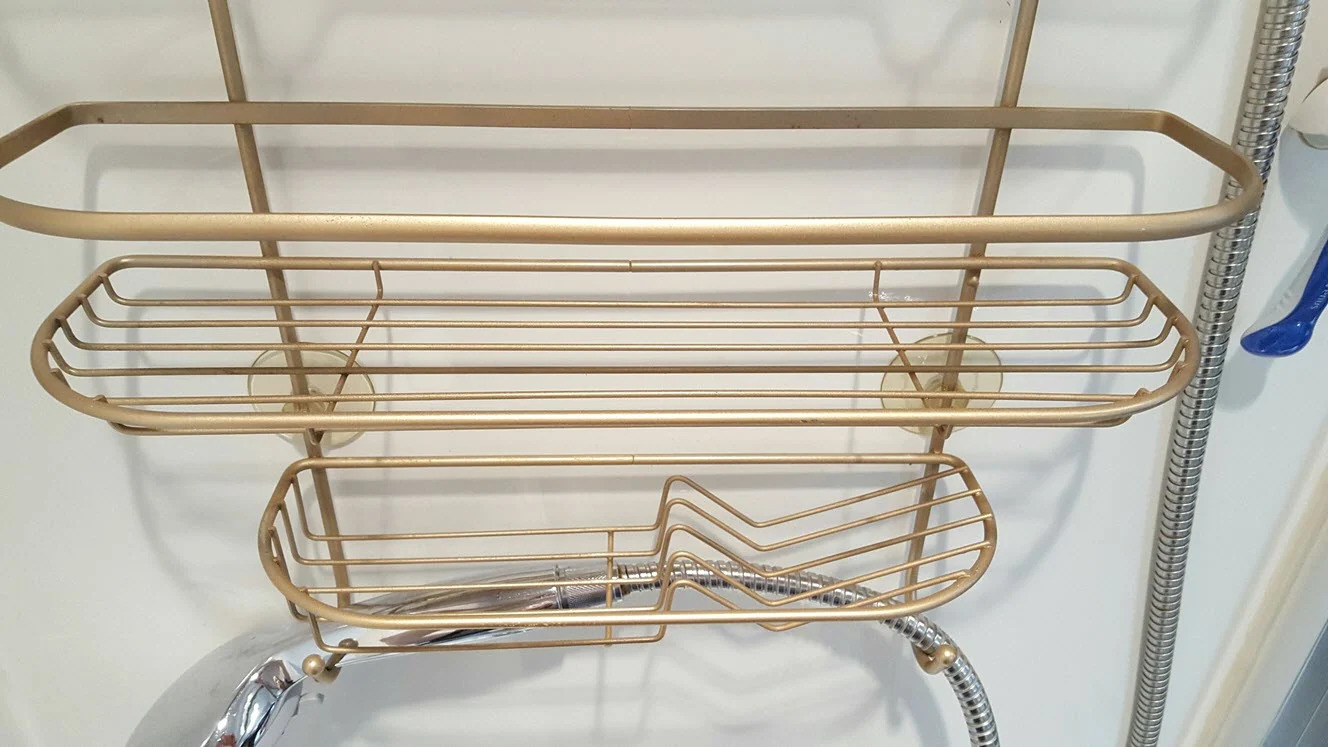

Bathroom Accessories
How To Remove Rust From A Shower Caddy
Published: February 10, 2024
Learn how to effectively remove rust from your bathroom accessories with our simple and practical tips. Keep your shower caddy looking clean and rust-free.
(Many of the links in this article redirect to a specific reviewed product. Your purchase of these products through affiliate links helps to generate commission for Storables.com, at no extra cost. Learn more)
Introduction
Rust can be a persistent nuisance, especially when it comes to bathroom accessories like shower caddies. The unsightly reddish-brown stains not only detract from the aesthetic appeal of the caddy but also pose a potential risk of corrosion and damage. However, fret not, as there are effective methods for removing rust and preventing its recurrence.
In this comprehensive guide, we will delve into the various techniques for eliminating rust from a shower caddy, ranging from natural remedies to commercial rust removers. Additionally, we will explore preventive measures to safeguard your shower caddy from future rust formation.
By the end of this article, you will be equipped with the knowledge and tools to bid farewell to rust and maintain the pristine condition of your shower caddy. So, let's embark on this journey to restore the luster and functionality of your bathroom accessory!
Key Takeaways:
- Say goodbye to rust on your shower caddy! Use natural remedies like vinegar and baking soda, or opt for commercial rust removers to restore its luster and functionality. Prevent future rust with proper ventilation and protective coatings.
- Keep your shower caddy rust-free! Try lemon juice and salt or commercial rust removers to eliminate rust. Prevent future rust by ensuring proper ventilation, regular cleaning, and using rust-resistant materials.
Read more: How To Remove Adhesive From A Shower Caddy
Understanding Rust and Its Effects
Rust, scientifically known as iron oxide, is a reddish-brown compound that forms when iron or its alloys are exposed to moisture and oxygen for extended periods. When it comes to bathroom accessories like shower caddies, the presence of water and humidity creates an ideal environment for rust formation. Understanding the nature of rust and its effects is crucial in effectively combating its presence on your shower caddy.
The formation of rust on a shower caddy not only tarnishes its appearance but also poses potential risks. Firstly, rust can compromise the structural integrity of the caddy, leading to weakened spots and potential breakage. This not only affects the functionality of the caddy but also poses safety hazards, especially if sharp edges or protruding rust particles are present. Moreover, rust can stain the surrounding surfaces, such as the tiles or bathtub, further detracting from the overall cleanliness and appeal of the bathroom.
In addition to its physical effects, rust can also impact the hygiene of the shower caddy. The presence of rust can create an environment conducive to the growth of bacteria and other microorganisms, compromising the cleanliness of the caddy and potentially posing health risks to users.
Furthermore, the presence of rust on a shower caddy can be indicative of underlying issues with the material or coating. It may signal that the protective layer or finish of the caddy has been compromised, leaving the underlying metal vulnerable to further corrosion. Understanding these effects underscores the importance of promptly addressing and preventing rust on your shower caddy to maintain its functionality, aesthetics, and hygiene.
In the next sections, we will explore effective methods for removing rust from a shower caddy, including natural remedies and commercial rust removers. Additionally, we will discuss preventive measures to inhibit the recurrence of rust, ensuring the prolonged pristine condition of your bathroom accessory.
Methods for Removing Rust from a Shower Caddy
When it comes to restoring the luster and functionality of a rust-infested shower caddy, several effective methods can be employed to eliminate the stubborn reddish-brown stains. Whether you prefer natural remedies or opt for commercial rust removers, there are viable solutions to combat rust and rejuvenate your shower caddy.
Using Natural Remedies
-
Vinegar and Baking Soda: Create a paste by mixing vinegar and baking soda to form a thick consistency. Apply the paste to the rusted areas of the shower caddy and let it sit for a few hours. The acidic nature of vinegar and the abrasive properties of baking soda work in tandem to dissolve and loosen the rust, making it easier to scrub away.
-
Lemon Juice and Salt: Squeeze fresh lemon juice over the rusted areas and sprinkle salt on top. Allow the mixture to sit for a few hours, enabling the acidic lemon juice to break down the rust while the abrasive salt aids in scrubbing away the residue.
-
Potato and Dish Soap: Cut a potato in half and dip the cut side in dish soap. Rub the potato on the rusted areas, allowing the oxalic acid present in the potato to react with the rust. This natural method is particularly effective for mild to moderate rust stains.
Using Commercial Rust Removers
-
Oxalic Acid-Based Cleaners: Many commercial rust removers contain oxalic acid, which effectively dissolves rust and facilitates its removal. Follow the manufacturer's instructions for application and safety precautions when using these products.
-
Phosphoric Acid-Based Cleaners: Products containing phosphoric acid are also effective in removing rust from metal surfaces. These cleaners work by converting iron oxide (rust) into a soluble compound that can be rinsed away.
-
Rust Converter: In cases where the rust cannot be completely removed, a rust converter can be used to chemically convert the rust into a stable compound, preventing further corrosion and providing a surface that can be painted or coated.
Regardless of the method chosen, it is essential to thoroughly clean and dry the shower caddy after rust removal to prevent any residual chemicals or moisture from promoting future rust formation. Once the rust has been successfully eliminated, it's time to implement preventive measures to safeguard your shower caddy from future corrosion.
In the subsequent section, we will explore proactive strategies to prevent rust from reappearing on your shower caddy, ensuring its long-term resilience and visual appeal.
Read more: How To Remove Rust From A Shower Tile
Using Natural Remedies
When it comes to combating rust on a shower caddy, natural remedies offer a compelling and eco-friendly approach to rust removal. These methods harness the power of common household ingredients to effectively dissolve and eliminate rust, restoring the pristine condition of the caddy without the use of harsh chemicals.
Vinegar and Baking Soda
The combination of vinegar and baking soda forms a dynamic duo in the battle against rust. Vinegar, a mild acid, acts as a solvent that can effectively dissolve rust, while baking soda, with its mild abrasive properties, aids in scrubbing away the loosened rust particles. To utilize this method, create a paste by mixing vinegar and baking soda to form a thick consistency. Apply the paste to the rusted areas of the shower caddy and allow it to sit for a few hours. During this time, the acidic nature of vinegar and the abrasive action of baking soda work in synergy to break down and dislodge the rust, making it easier to scrub away.
Lemon Juice and Salt
The natural acidity of lemon juice makes it an effective rust-dissolving agent, while salt serves as an abrasive element to aid in the removal of rust residue. To employ this method, simply squeeze fresh lemon juice over the rusted areas of the shower caddy and sprinkle salt on top. Allow the mixture to sit for a few hours, allowing the acidic lemon juice to penetrate and break down the rust, while the abrasive salt assists in scrubbing away the loosened particles. This natural remedy not only eliminates rust but also leaves behind a refreshing citrus scent.
Potato and Dish Soap
Surprisingly, a humble potato can be a powerful ally in the fight against rust. Potatoes contain oxalic acid, a natural compound that can react with and dissolve rust. To utilize this method, cut a potato in half and dip the cut side in dish soap. Rub the potato on the rusted areas of the shower caddy, allowing the oxalic acid present in the potato to react with the rust. This natural approach is particularly effective for mild to moderate rust stains and offers a chemical-free alternative for rust removal.
Incorporating these natural remedies into your rust removal arsenal not only ensures the restoration of your shower caddy but also aligns with eco-conscious practices. Once the rust has been successfully eliminated using these natural methods, it's essential to thoroughly clean and dry the shower caddy to prevent any residual moisture or rust particles from promoting future corrosion.
Read more: How To Remove Rust From Shower Curtain Hooks
Using Commercial Rust Removers
When natural remedies may not suffice or when dealing with stubborn and extensive rust on a shower caddy, commercial rust removers offer a potent solution to effectively eliminate the persistent reddish-brown stains. These specialized products are formulated with powerful rust-dissolving agents that can penetrate and disintegrate the toughest rust, restoring the luster and integrity of the shower caddy.
Oxalic Acid-Based Cleaners
Many commercial rust removers contain oxalic acid as a key active ingredient. Oxalic acid is renowned for its exceptional rust-dissolving properties, making it highly effective in breaking down and facilitating the removal of rust from metal surfaces. When using oxalic acid-based cleaners, it is crucial to follow the manufacturer's instructions meticulously to ensure safe and optimal results. Additionally, protective gear such as gloves and goggles should be worn to minimize direct contact with the potent chemical components.
Phosphoric Acid-Based Cleaners
Products containing phosphoric acid also stand as formidable contenders in the realm of rust removal. Phosphoric acid-based cleaners work by converting iron oxide, the scientific name for rust, into a soluble compound that can be easily rinsed away. This chemical reaction effectively neutralizes the rust, allowing for its effortless removal from the surface of the shower caddy. As with any commercial rust remover, it is imperative to adhere to the usage guidelines provided by the manufacturer to achieve the desired outcomes while ensuring personal safety.
Rust Converter
In instances where the rust cannot be entirely eradicated, a rust converter serves as a valuable alternative. Rust converters contain specialized compounds that chemically convert the existing rust into a stable compound, effectively halting further corrosion. This transformative process not only prevents the spread of rust but also provides a treated surface that can be painted or coated, restoring both the appearance and functionality of the shower caddy.
By harnessing the potent capabilities of commercial rust removers, individuals can effectively combat severe rust infestations on shower caddies, ensuring the restoration of these essential bathroom accessories. It is important to exercise caution and follow the prescribed usage instructions when employing commercial rust removers to achieve optimal results while prioritizing safety.
Following the successful removal of rust using commercial rust removers, thorough cleaning and drying of the shower caddy are essential to prevent any residual chemicals or moisture from promoting future rust formation. With the rust eradicated, it is time to explore proactive measures to shield the shower caddy from the reappearance of corrosion.
Preventing Rust from Forming Again
After successfully removing rust from your shower caddy, it's imperative to implement preventive measures to inhibit the recurrence of this stubborn adversary. By proactively safeguarding your shower caddy from future corrosion, you can ensure its long-term resilience and visual appeal. Here are effective strategies to prevent rust from forming again:
Proper Ventilation and Drainage
Ensuring adequate ventilation in your bathroom is crucial in preventing the buildup of moisture, a primary catalyst for rust formation. Proper ventilation helps to reduce humidity levels, minimizing the likelihood of moisture accumulating on the surfaces of the shower caddy. Additionally, maintaining efficient drainage in the shower area prevents water from pooling around the caddy, further mitigating the risk of rust formation.
Regular Cleaning and Drying
Consistent cleaning and drying of the shower caddy after each use can significantly deter the onset of rust. Removing residual soap, shampoo, and water droplets from the caddy's surface helps to prevent the accumulation of moisture, which is conducive to rust. Utilizing a squeegee or towel to thoroughly dry the caddy after each shower session can further minimize the presence of moisture, thereby reducing the risk of rust formation.
Protective Coatings
Applying protective coatings or sealants specifically designed for metal surfaces can provide an additional layer of defense against rust. These coatings act as a barrier, shielding the metal of the shower caddy from direct exposure to moisture and oxygen, the primary agents responsible for rust formation. Regularly inspecting and reapplying these protective coatings as needed can bolster the caddy's resistance to corrosion.
Read more: How To Remove Rust From A Shower Curtain Rod
Rust-Resistant Materials
When selecting a new shower caddy or considering a replacement, opt for models constructed from rust-resistant materials such as stainless steel, aluminum, or plastic. These materials are inherently less susceptible to rust, offering enhanced durability and longevity. Investing in a rust-resistant shower caddy can significantly reduce the need for frequent rust removal and maintenance.
Avoiding Abrasive Cleaners
Steer clear of abrasive cleaners and harsh chemicals when cleaning the shower caddy, as these substances can compromise the protective finishes and coatings, leaving the metal vulnerable to rust. Instead, opt for gentle, non-abrasive cleaning solutions that effectively remove grime and soap scum without jeopardizing the caddy's resistance to corrosion.
By incorporating these preventive measures into your maintenance routine, you can effectively shield your shower caddy from the reemergence of rust, preserving its functionality and aesthetic appeal for the long haul. Embracing proactive rust prevention practices ensures that your shower caddy remains a reliable and visually pleasing addition to your bathroom, free from the clutches of corrosion.
Conclusion
In conclusion, the battle against rust on a shower caddy is a multifaceted endeavor that demands a combination of effective rust removal techniques and proactive preventive measures. The presence of rust not only compromises the visual appeal of the caddy but also poses potential risks to its structural integrity and hygiene. However, armed with the knowledge and strategies outlined in this guide, individuals can confidently combat rust and preserve the pristine condition of their shower caddies.
From harnessing the power of natural remedies such as vinegar and baking soda to leveraging the potent capabilities of commercial rust removers, there are diverse approaches to effectively eliminate rust and restore the luster of a shower caddy. The utilization of natural remedies offers an eco-friendly and chemical-free alternative, while commercial rust removers provide a robust solution for severe rust infestations.
Furthermore, the implementation of preventive measures, including proper ventilation, regular cleaning and drying, protective coatings, and the selection of rust-resistant materials, serves as a proactive defense against the recurrence of rust. These strategies not only safeguard the shower caddy from corrosion but also contribute to its long-term resilience and durability.
By integrating these comprehensive approaches, individuals can bid farewell to the persistent nuisance of rust and maintain the functionality, aesthetics, and hygiene of their shower caddies. Whether it's reviving an existing rust-infested caddy or selecting a new rust-resistant model, the insights provided in this guide empower individuals to make informed decisions and take proactive steps in preserving their bathroom accessories.
Ultimately, the successful removal of rust and the implementation of preventive measures culminate in the prolonged resilience and visual appeal of the shower caddy, ensuring that it remains a reliable and visually pleasing addition to the bathroom. With the knowledge and tools acquired from this guide, individuals can embark on a journey to conquer rust and uphold the pristine condition of their shower caddies, transforming these essential accessories into enduring symbols of cleanliness and functionality in the bathroom.
Frequently Asked Questions about How To Remove Rust From A Shower Caddy
Was this page helpful?
At Storables.com, we guarantee accurate and reliable information. Our content, validated by Expert Board Contributors, is crafted following stringent Editorial Policies. We're committed to providing you with well-researched, expert-backed insights for all your informational needs.
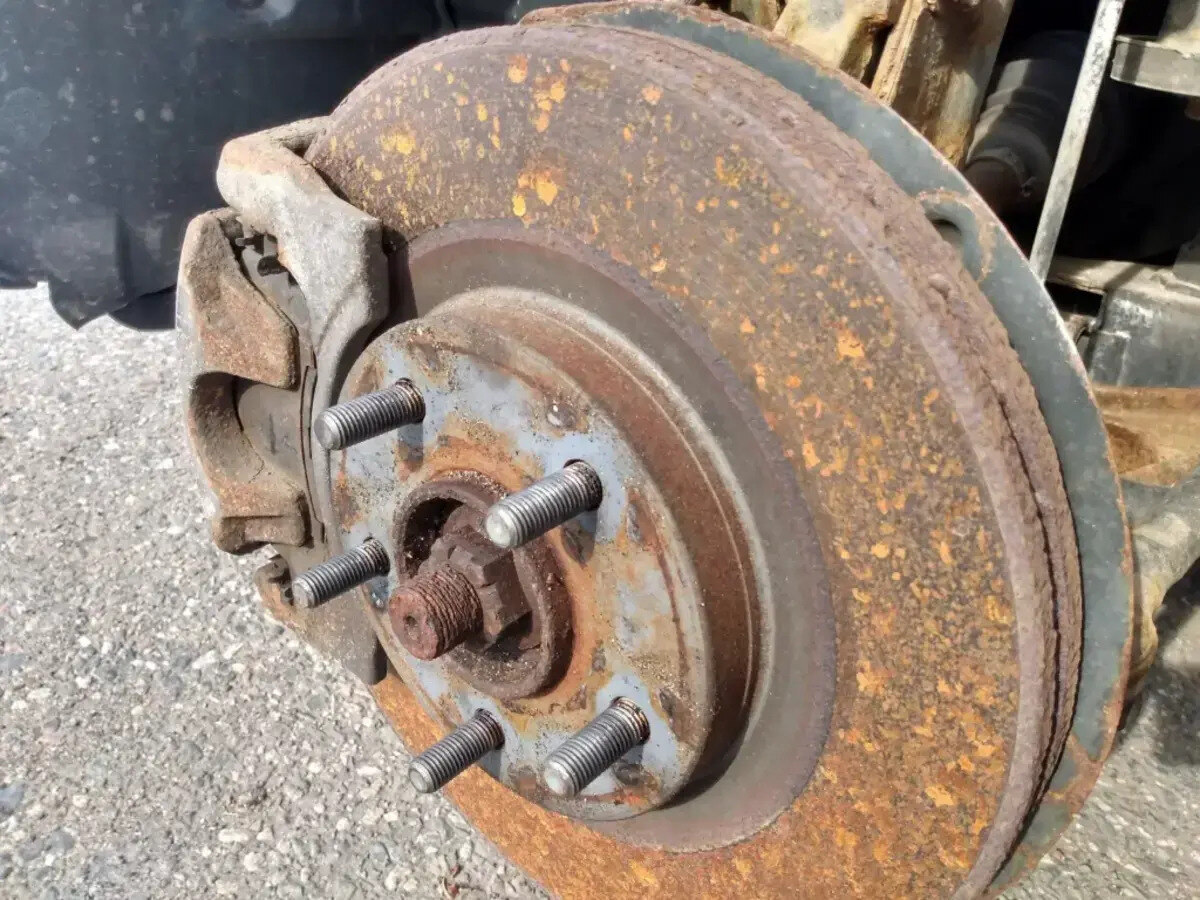
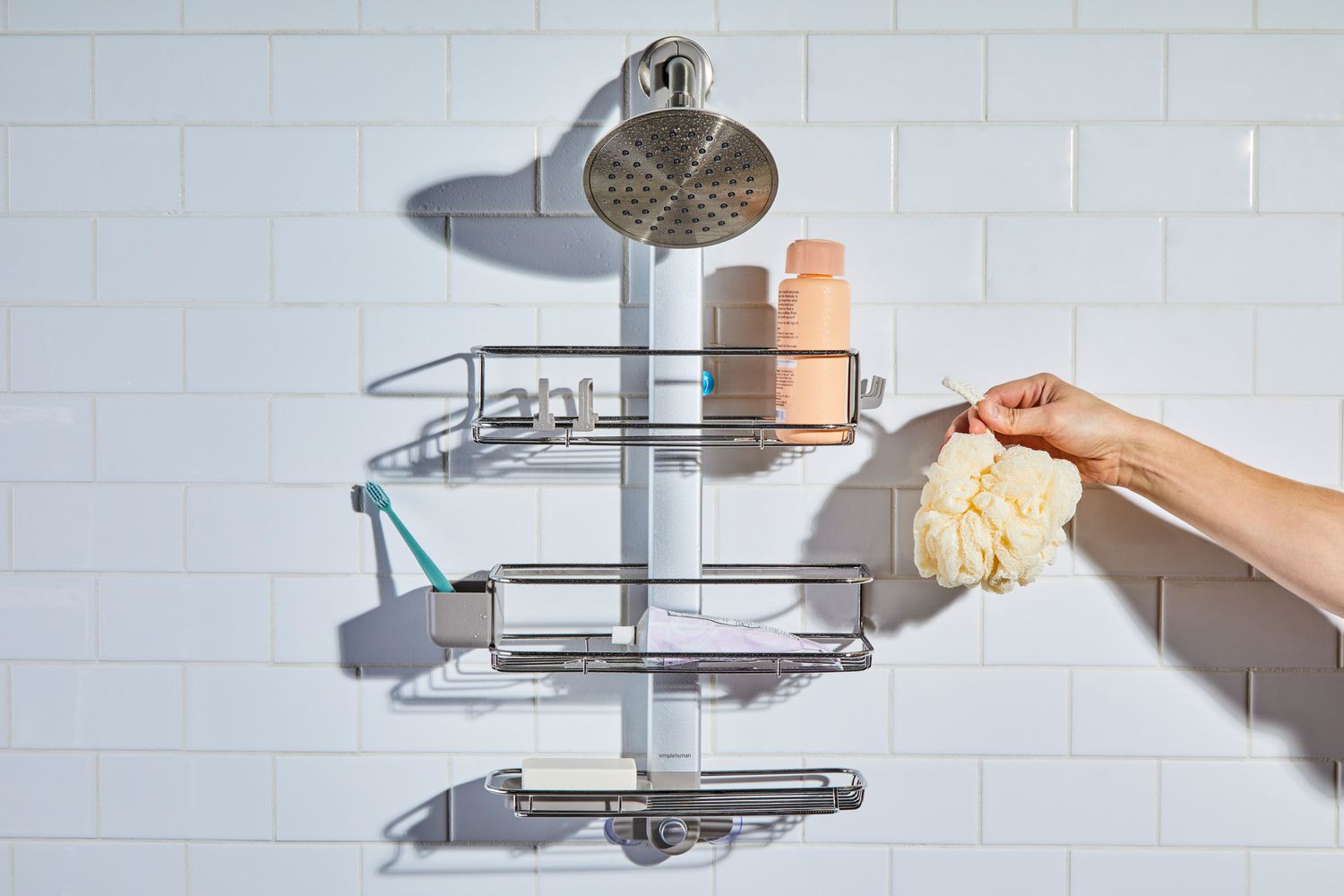
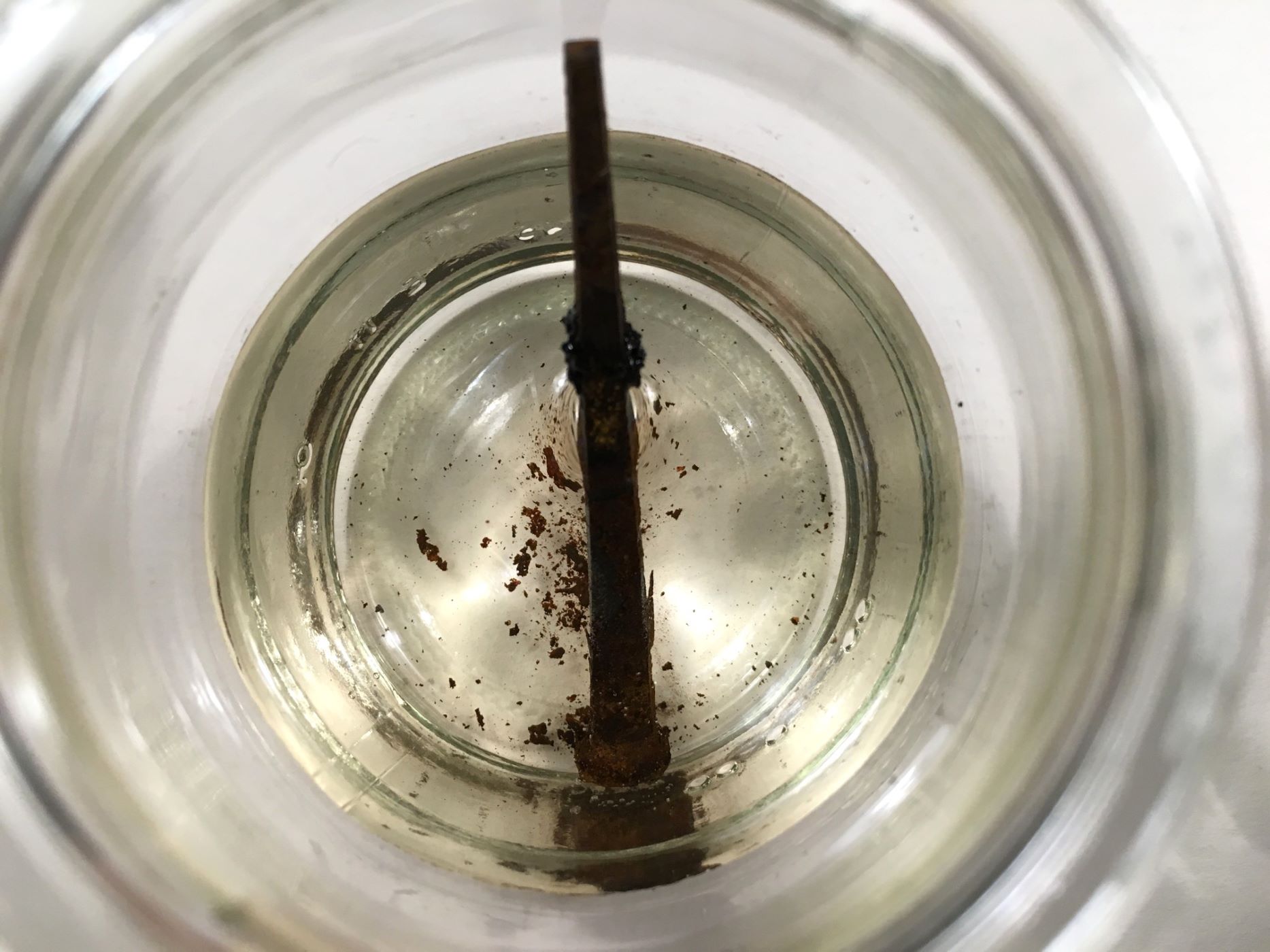
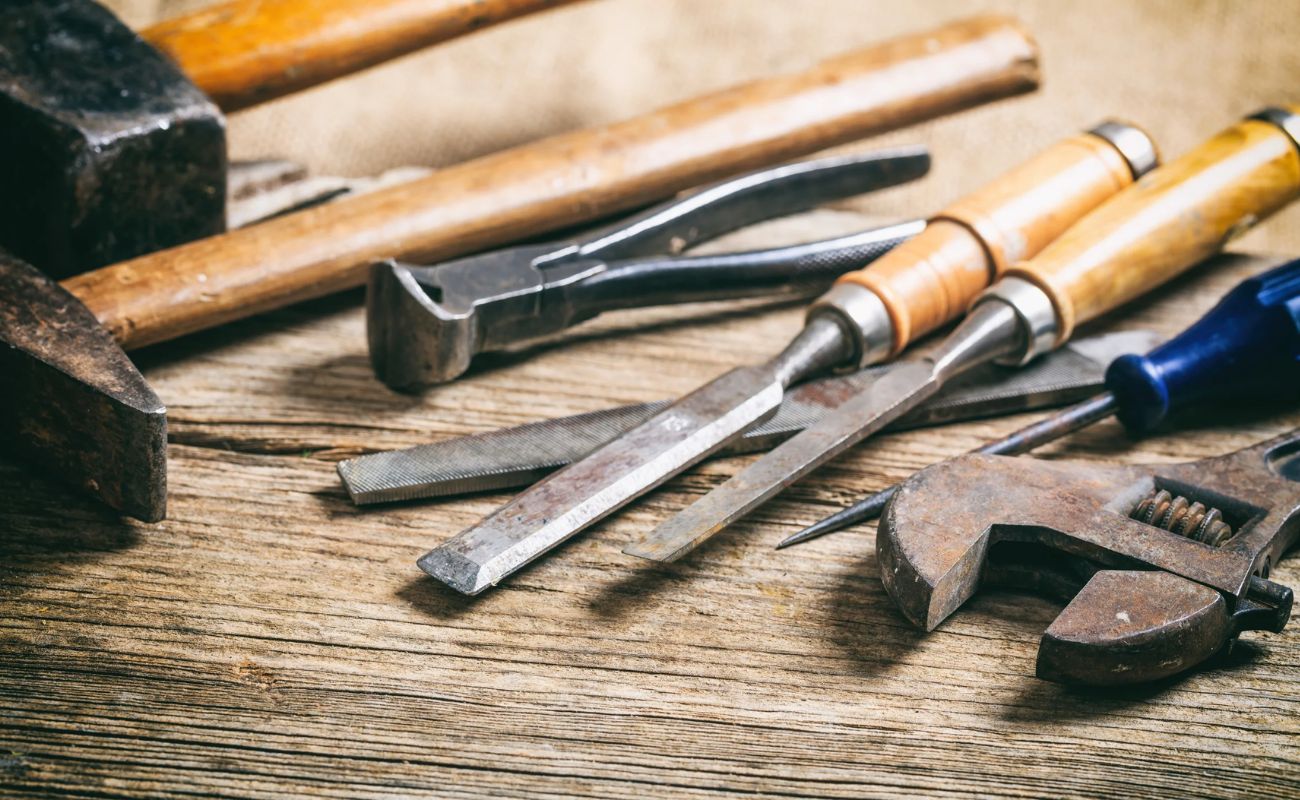

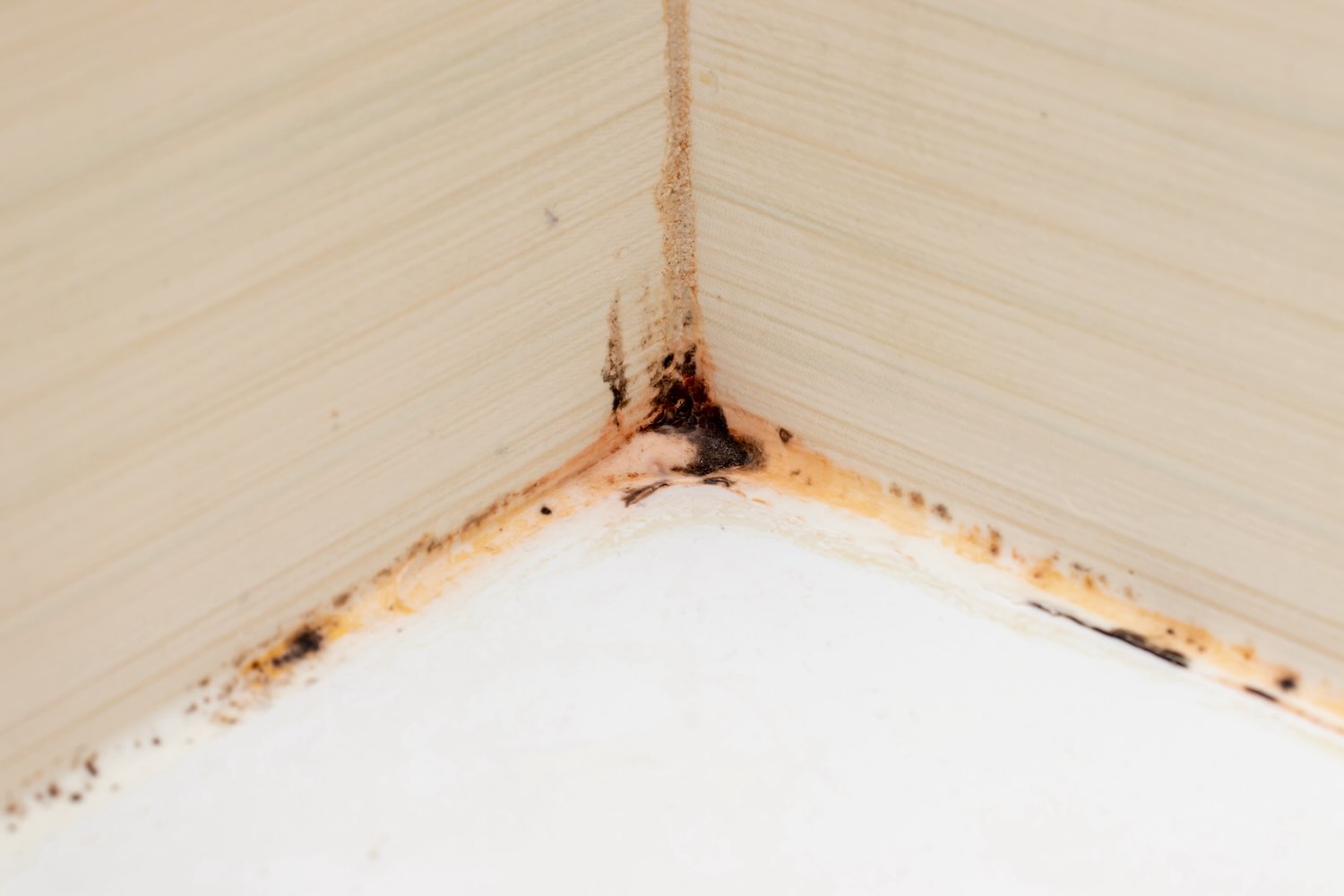

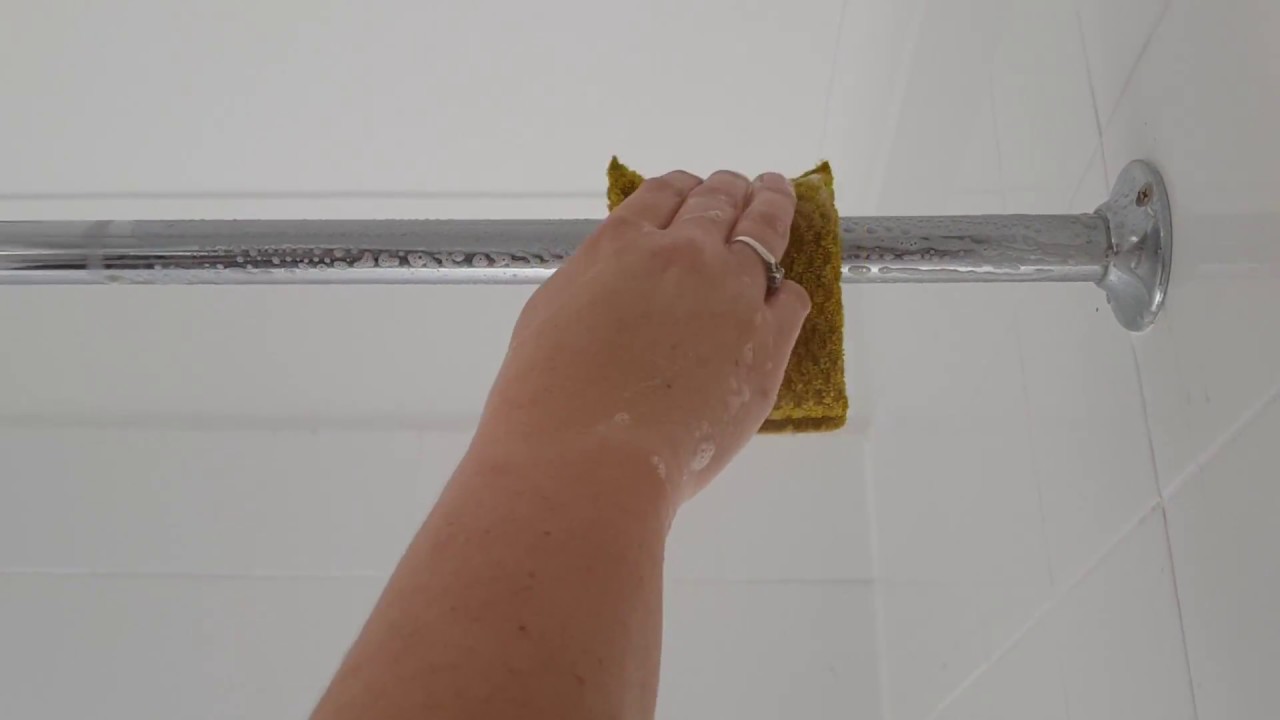
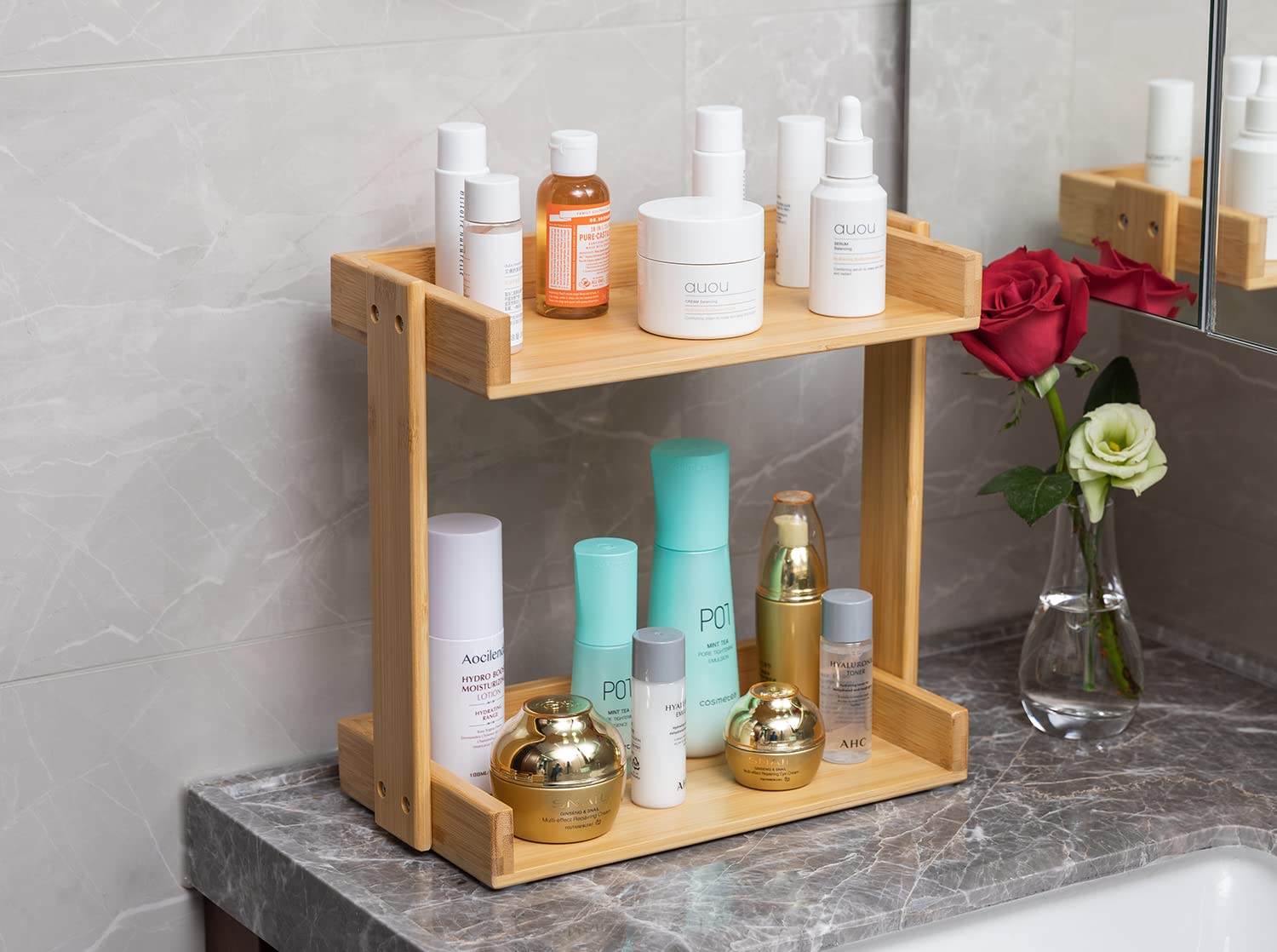
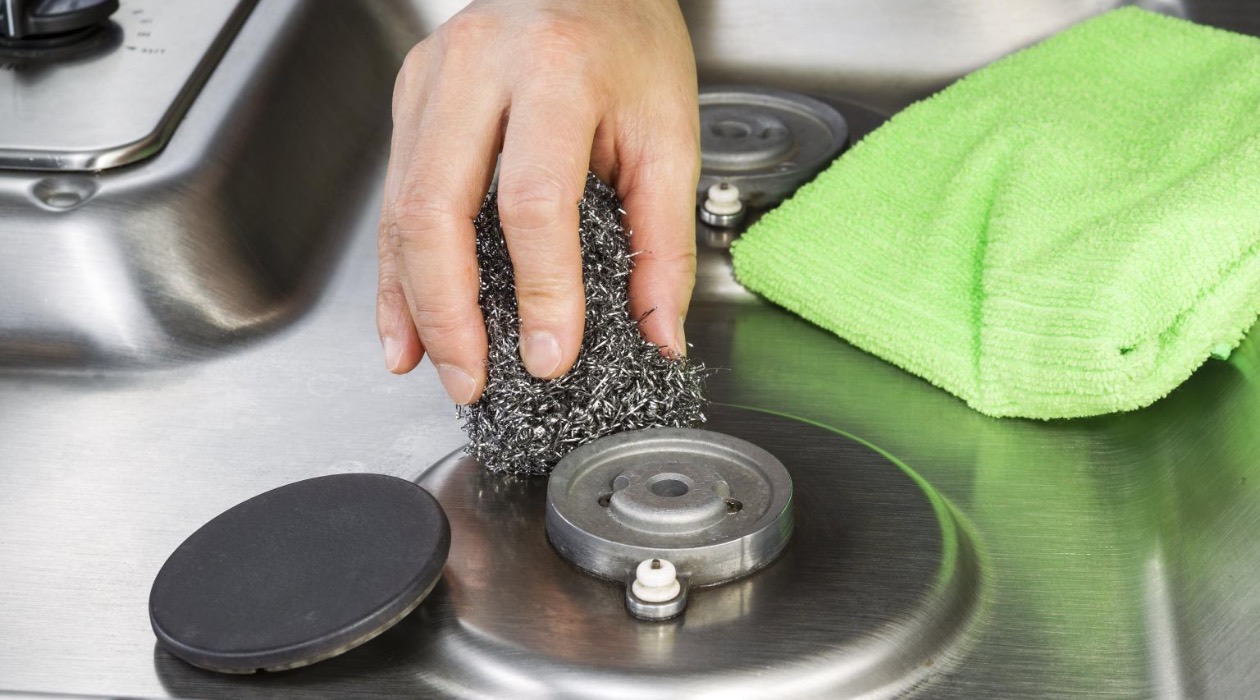
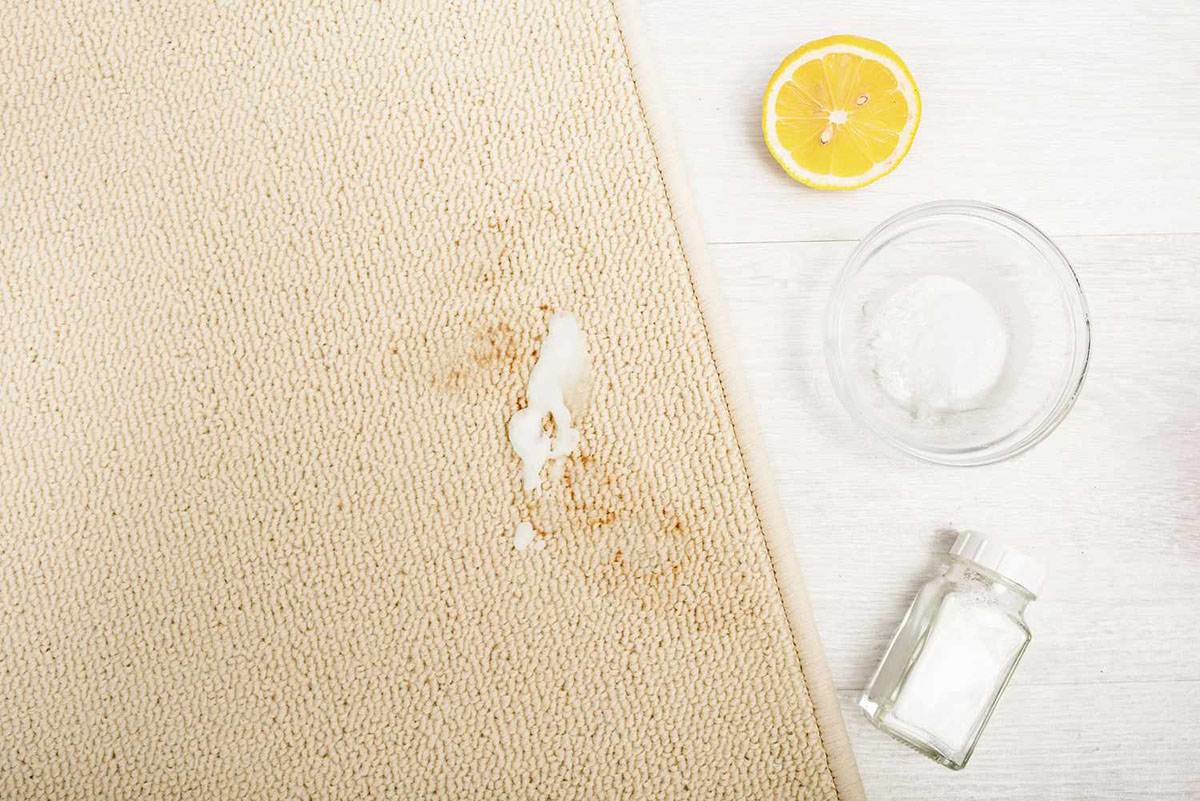

0 thoughts on “How To Remove Rust From A Shower Caddy”